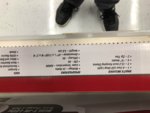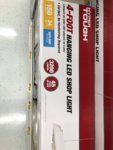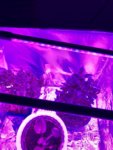Be ready for a fight if you say you're growing bonsai indoors. I can't tell you how many "experts" harp that the trees won't grow inside, that they need dormancy, that they need "wind", that they need "the sweet summer air," that they need "mother earth." Honestly little of it is rooted in science and more often is a result of their aversion to anything different. I grow elms, junipers, maples, boxwood, cypress, ficus, kyoto sport, 3 different redwoods, fukien tea.... to name a few, all with nearly year round growth. And I've been doing it for years. Watch your humidity and possibly invest in a humidifier. God help me it's a stupid hobby......




